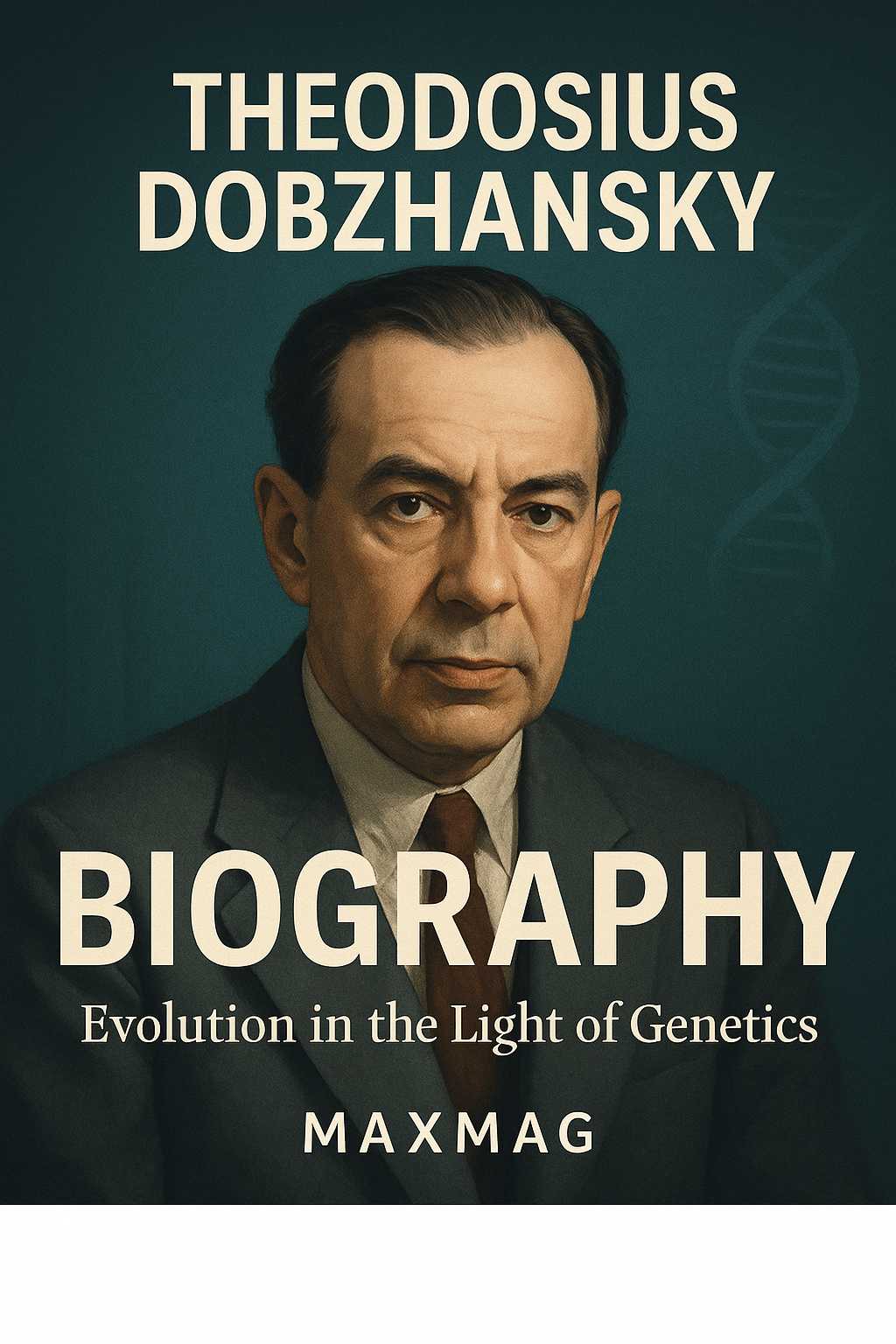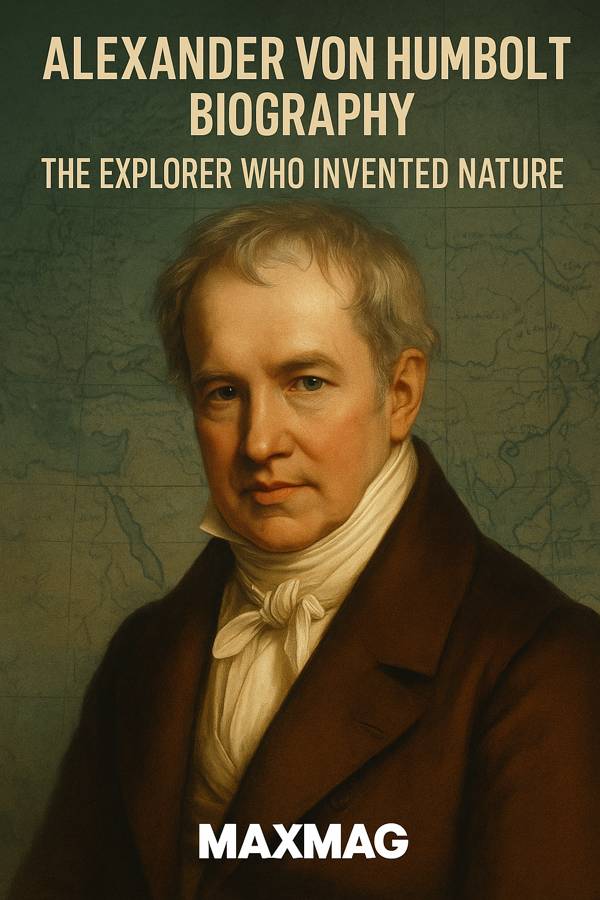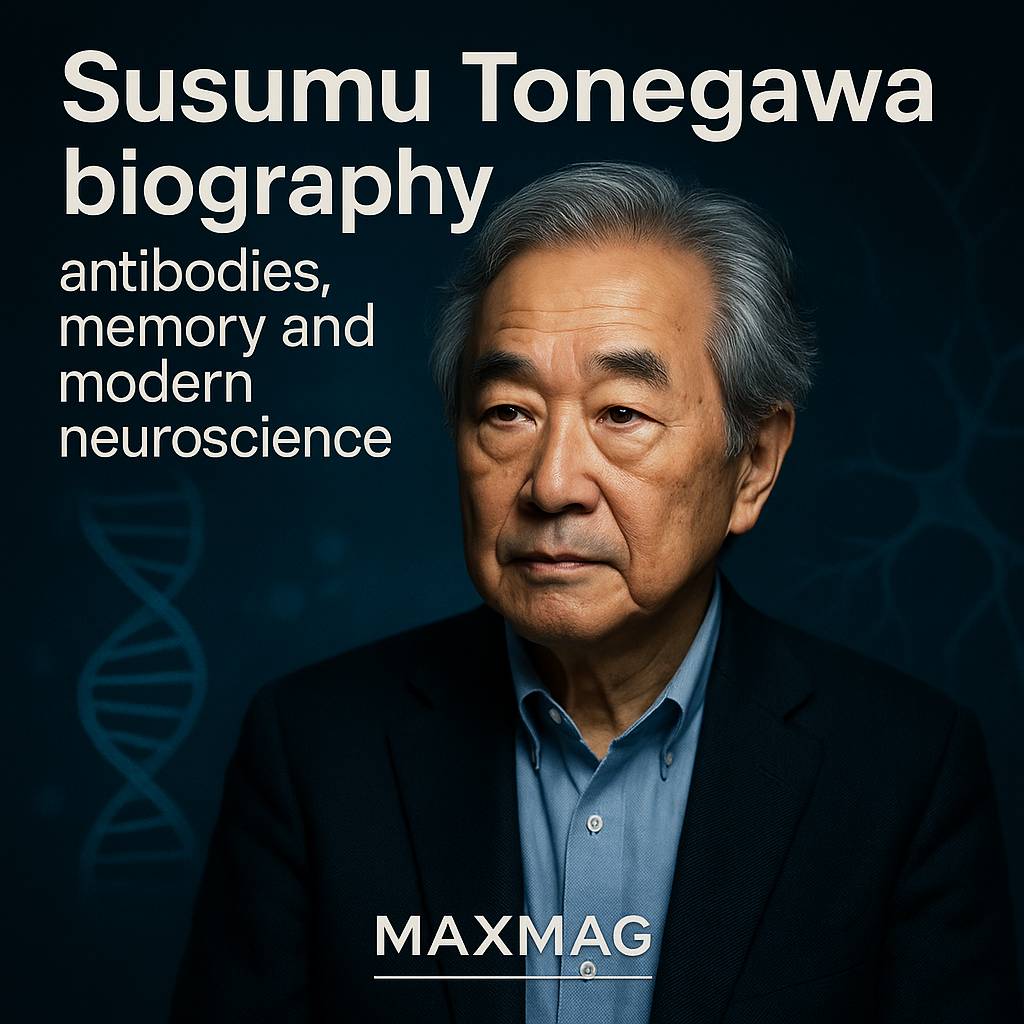
On paper, the Susumu Tonegawa biography looks almost impossible. One scientist, born in wartime Japan, solves a century-old riddle about how our immune system makes millions of different antibodies, wins a Nobel Prize, and then calmly walks away from immunology to reinvent himself as a pioneer of memory research. It reads like two full scientific careers squeezed into a single life – and yet it all belongs to one restless mind.
To follow the arc of the Susumu Tonegawa biography is to move from crowded post-war schoolrooms in Tokyo to quiet Swiss labs where DNA fragments were carefully compared, and then on to the windowless rooms at MIT where mice carry optical fibres in their skulls so that their memories can be turned on and off with light. Along the way, his work has reshaped immunology, helped to launch modern neuroscience of memory, and sparked ethical debates about how far we should go in manipulating the brain.
Susumu Tonegawa at a glance
- Japanese molecular biologist turned immunology pioneer and memory researcher.
- Born 1939 in Nagoya; trained in Kyoto and at the University of California, San Diego.
- Awarded the 1987 Nobel Prize in Physiology or Medicine for uncovering the genetic mechanism that generates antibody diversity.
- Later work at MIT and RIKEN used optogenetics to identify and manipulate “engram” cells that store memories.
- Today, the Susumu Tonegawa biography is central to both immune system history and the modern neuroscience of learning and memory.
Early Life and Education of Susumu Tonegawa
Growing up between factory towns and Tokyo
Susumu Tonegawa was born in Nagoya in 1939, the second of four children of an engineer who worked in the textile industry. His father’s job meant the family moved frequently from one small industrial town to another, so his early years were marked by constant change: new classrooms, new dialects, new landscapes. It was an ordinary Japanese childhood in difficult times, but one that quietly trained him to adapt, to observe and to cope with disruption — skills that would later underpin the bold changes of direction that define the Susumu Tonegawa biography.
As he grew older, his parents sent him to live with an uncle in Tokyo so he could attend Hibiya High School, one of the capital’s elite public schools. There, Tonegawa fell in love with chemistry. He has described how he spent evenings working through problem sets, drawn to the logical structure of molecules and reactions. In the rigid post-war Japanese education system, this meant preparing intensely for fiercely competitive university entrance exams, a pressure cooker that would have crushed many teenagers. Tonegawa failed the Kyoto University entrance exam the first time and had to endure a “ronin” year of full-time studying. He passed on his second attempt, a small but telling early episode in the Susumu Tonegawa biography: a first glimpse of his stubbornness in the face of setbacks.
From Kyoto chemistry student to California molecular biologist
At Kyoto University in the late 1950s, Tonegawa initially entered the chemistry track. The turning point came when he stumbled across the operon theory papers of François Jacob and Jacques Monod. Their argument that genes acted in coordinated, switch-like systems struck him as both elegant and revolutionary. Suddenly, chemistry seemed too narrow; he wanted to speak, as he later put it, “in the language of molecules about life itself.” That moment of intellectual conversion is a key early scene in any Susumu Tonegawa biography.
Japan, however, had almost no infrastructure for cutting-edge molecular biology at the time. Following the advice of a senior mentor, Tonegawa applied to graduate programmes in the United States and was accepted at the newly founded University of California, San Diego. There he worked under Masaki Hayashi, earning his PhD in 1968 by studying bacteriophage – viruses that infect bacteria – and honing the meticulous DNA and RNA techniques that would later prove decisive. A postdoctoral stint at the Salk Institute in the lab of future Nobel laureate Renato Dulbecco exposed him to an international community of researchers obsessed with using molecular tools to crack biological problems. By the time he left California for Europe, the scientific foundations of the Susumu Tonegawa biography were firmly in place.
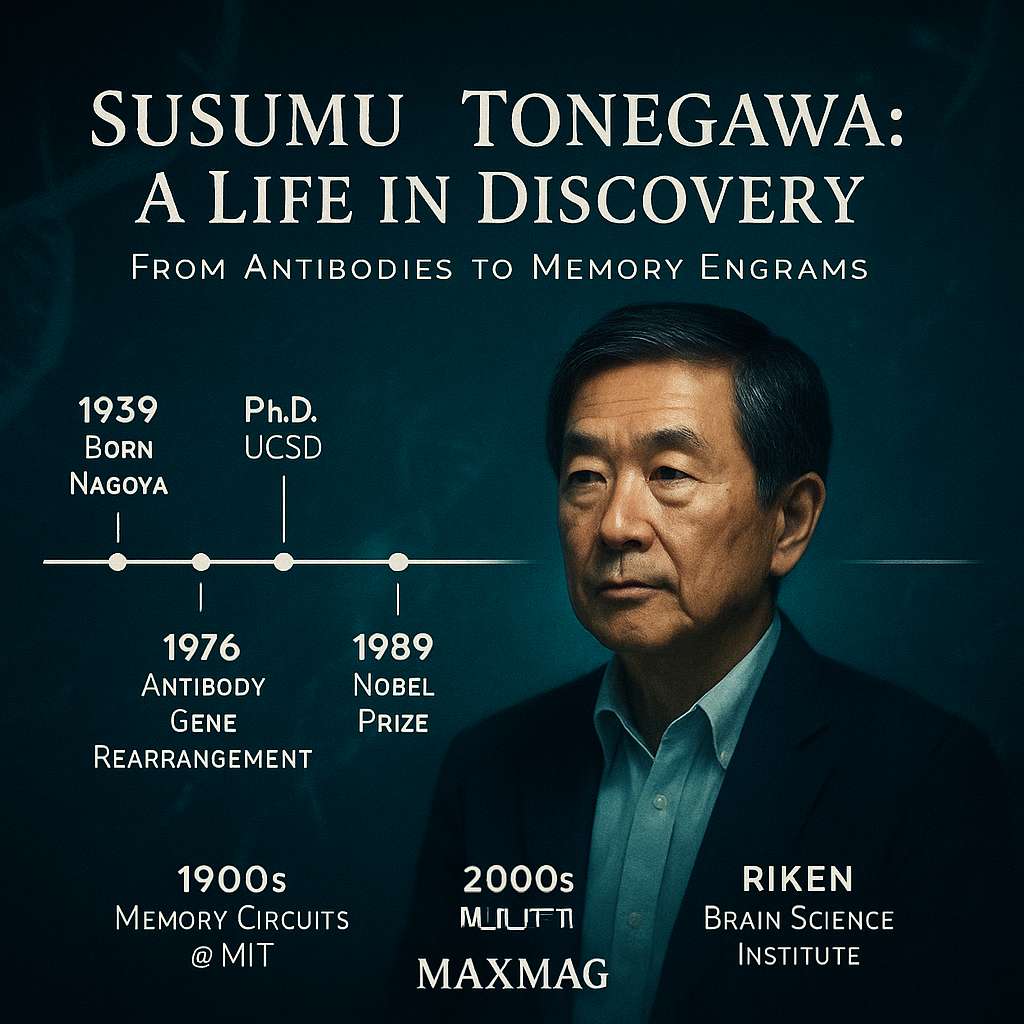
Susumu Tonegawa biography and the Birth of His Big Ideas
Falling in love with the immune system’s mystery
In 1971, Dulbecco encouraged Tonegawa to move to the Basel Institute for Immunology in Switzerland, an elite, privately funded centre where young scientists were given unusual freedom to chase big questions. It was a risky move: Tonegawa had little formal training in immunology, and the field was crowded with strong personalities and deep controversies. But this leap into a new discipline is one of the most important decisions in the Susumu Tonegawa biography, because it placed him directly in front of one of biology’s most stubborn puzzles.
The puzzle was simple to state but devilishly hard to solve. The human immune system can produce hundreds of millions of distinct antibodies, each capable of recognising a different molecular shape on viruses, bacteria or other threats. Yet the genome contains nowhere near enough genes to encode a separate antibody for each possible invader. Immunologists were split between “germline” theories, which claimed all antibody diversity was pre-written in our DNA, and “somatic” theories, which argued that diversity arose through changes in immune cells themselves. The debate had rumbled on for decades, often heatedly. At Basel, Tonegawa began to suspect that this was precisely the kind of question that molecular biology could finally untangle.
A pivotal Basel lab in the Susumu Tonegawa biography
Tonegawa’s approach was stubbornly empirical. Rather than arguing in abstract, he set out to compare the DNA of embryonic mouse cells, which had not yet developed antibodies, with the DNA of mature B cells, the white blood cells that actually produce antibodies. Using restriction enzymes and painstaking gel electrophoresis, he looked for differences in the arrangement of immunoglobulin genes. It was slow work, the sort of repetitive, detail-heavy experimentation that many scientists avoid, but it suited his temperament.
In 1976, he produced the result that would eventually anchor the Susumu Tonegawa biography in the history of immunology. The immunoglobulin genes in mature B cells were not in the same configuration as those in embryonic cells. Segments of DNA had moved, been cut and rejoined, or deleted altogether. This was direct evidence that the genome in immune cells was being rearranged during an individual’s lifetime, generating new combinations capable of encoding an enormous variety of antibodies. The process would later be named V(D)J recombination, and it demolished the idea that every possible antibody was fixed at birth.
Key Works and Major Contributions in the Susumu Tonegawa biography
Cracking antibody diversity: V(D)J recombination
From that first result, Tonegawa and his collaborators built an elegant genetic theory of antibody diversity. In the gene segments that encode the variable region of antibodies, they showed that separate modules – V (variable), D (diversity) and J (joining) – are shuffled and recombined in B cells. The combinatorial possibilities are vast, and further diversity arises when the joining process itself introduces small random changes. A limited set of gene segments can therefore generate a virtually unlimited set of antibody shapes. In one stroke, this work explained how the immune system can be both flexible and specific, and why it can adapt to new pathogens that have never previously existed.
The impact of this discovery on immune system history is hard to overstate. For decades, textbooks had presented immunology as a field rich in descriptive detail but poor in underlying mechanism. Tonegawa’s work gave it a precise genetic engine and placed it firmly within the broader story of twentieth century molecular biology. In 1987, he was awarded the Nobel Prize in Physiology or Medicine for uncovering “the genetic principle for generation of antibody diversity”. That phrase now appears in every serious Susumu Tonegawa biography, and it crystallises why his immunology work is still considered foundational.
From genes to enhancers and beyond
Even before the Nobel Prize, Tonegawa had expanded his reach beyond the original V(D)J recombination theory. In 1983 he and his group discovered one of the first cellular “enhancer” elements – stretches of DNA that can dramatically increase the activity of genes from a distance. This observation would help launch an entire field of gene regulation studies, showing that the genome is not a simple one-gene-one-switch layout but a densely wired network of signals and control sequences.
These contributions made Tonegawa a genuine immunology pioneer. Yet the most surprising part of the Susumu Tonegawa biography is what happened next. Rather than continuing to mine the same territory and accumulate more prizes, he changed direction again, walking away from the field that had brought him global fame. Around 1990, he began to focus on the brain, specifically on how circuits in the hippocampus and related regions encode learning and memory. In doing so, he became an early mover in what would become one of the most dynamic areas of modern neuroscience.
Methods, Collaborations and Working Style
Patient experiments and bold hypotheses
Two traits stand out across the decades of the Susumu Tonegawa biography: a willingness to tackle big questions and a near-fanatical attention to experimental detail. Colleagues have often noted that he does not shy away from ambitious, even risky projects, but he insists on building them on rock-solid data. In immunology, that meant years of comparing DNA fragments; in neuroscience, it would mean pioneering the use of optogenetics and sophisticated mouse genetics to get at the cellular basis of memory.
Optogenetics – using light-sensitive proteins to control the activity of specific neurons – became a central tool in his later work. Tonegawa’s lab would tag particular populations of neurons that were active during a learning event, and then later reactivate those same “engram cells” with light to see if a memory was recalled. It was exactly the same combination of bold conceptual leap and careful experimental design that had defined his antibody research, now transplanted into a different branch of biology.
Building international teams across continents
The Susumu Tonegawa biography is also a story of institutions and collaborations. Since 1981 he has been based at the Massachusetts Institute of Technology, where he rose to become Picower Professor of Biology and Neuroscience and an investigator of the Howard Hughes Medical Institute. His roles at MIT’s Department of Biology, Department of Brain and Cognitive Sciences and the Picower Institute for Learning and Memory have made him a central figure in Boston’s neuroscience landscape, as reflected in the detailed MIT Biology profile of Susumu Tonegawa.
At the same time, he has maintained strong ties to Japan, eventually serving as director of the RIKEN Brain Science Institute and later of the RIKEN-MIT Center for Neural Circuit Genetics. His laboratories have been populated by students and postdocs from around the world, many of whom have gone on to become leaders in immunology and neuroscience in their own right. This international, multi-disciplinary network is itself part of the Susumu Tonegawa legacy: a living infrastructure that keeps his style of rigorous, mechanism-focused science alive.
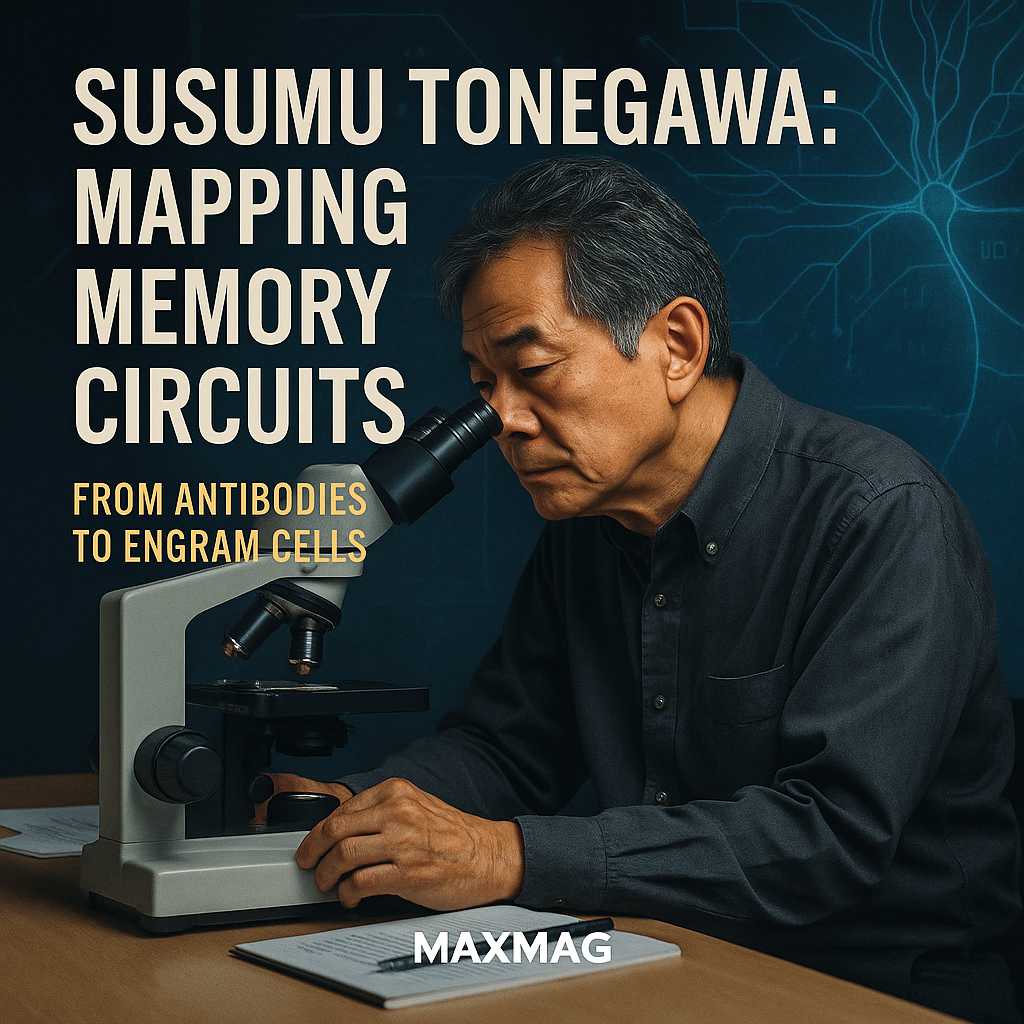
Controversies, Criticism and Misconceptions
The pressures of elite science
No serious Susumu Tonegawa biography can ignore the controversies that have surrounded parts of his career. In the mid-2000s, he stepped down as director of MIT’s Picower Institute following criticism over e-mails he sent to a young female neuroscientist who had been offered a position at a neighbouring institute. An internal MIT review concluded that his comments about collaboration and shared facilities were inappropriate, even if they did not warrant formal sanctions. The episode triggered a broader conversation about competition, collegiality and gender dynamics in high-stakes scientific environments.
Earlier, in the mid-1990s, Tonegawa’s lab was also the setting for a troubling incident in which a postdoctoral researcher was poisoned with a radioactive isotope, phosphorus-32, in what federal investigators concluded could not have been an accident. The crime was never solved. There is no evidence that Tonegawa himself was implicated, but the case underscored the intense pressures and vulnerabilities that can sit beneath the polished surface of elite research institutes. Including these episodes in the Susumu Tonegawa biography does not diminish his scientific achievements; instead, it reminds us that major discoveries emerge from workplaces that are as messy and human as any other.
Ethical worries about rewriting memory
Tonegawa’s memory research has also raised ethical questions. By using optogenetics to activate or silence specific engram cells in mice, his group demonstrated that it was possible to implant false memories, flip the emotional tone of existing memories, and even resurrect apparently “lost” memories in models of amnesia and Alzheimer’s disease. A widely read Washington Post feature on implanting a false memory in a mouse’s brain brought these experiments into the public eye and inevitably drew comparisons with science-fiction films like “Inception”.
Bioethicists and philosophers seized on these findings to ask hard questions. If we can, in principle, dampen the emotional sting of traumatic memories or strengthen happy ones, should we? Where is the line between therapy and enhancement? And what happens to personal identity if memory is no longer a fixed archive but an editable file? For now, the technical hurdles and ethical barriers to applying such methods in humans are enormous, and Tonegawa himself has tended to emphasise the basic-science value of the work. Still, the Susumu Tonegawa biography now sits firmly within wider debates about the risks and promises of brain manipulation.
Impact on Immunology, Neuroscience and on Wider Society
Transforming immunology’s central question
In immunology, the answers Tonegawa provided have become so standard that it is easy to forget how radical they once seemed. Before his experiments, many researchers were reluctant to accept that somatic cells in vertebrates could deliberately rearrange their own DNA. The V(D)J recombination mechanism overturned that assumption and provided a concrete genetic basis for the immune system’s adaptability. Today, any student reading about antibody diversity encounters his work within the first pages. Cancer biologists use similar principles to understand how genome rearrangements can go wrong. Clinicians rely on the basic concept when interpreting the immune repertoire in autoimmune disease or in response to vaccines.
That is why the Susumu Tonegawa biography is always present whenever historians tell the story of twentieth century science. His work links the operon theories of mid-century molecular biology to today’s sophisticated understanding of gene regulation and immune responses. It reminds us that seemingly abstract puzzles – in this case, how many genes are “enough” – can have profound practical consequences for how we treat disease.
Memory engrams, false memories and public imagination
In neuroscience, the influence of his later work is just as deep, if not yet as historically settled. By demonstrating that specific, sparsely distributed populations of neurons carry the information required to re-evoke a particular memory, Tonegawa’s lab gave the old theoretical concept of an “engram” a concrete cellular footing. Subsequent studies from his group showed that activating engram cells associated with positive experiences can ease depression-like symptoms in mice, while engram cells linked to negative experiences can drive fear and anxiety. Other experiments indicated that memories that appear inaccessible in mouse models of amnesia can still be re-activated if the right engram cells are stimulated.
These findings have shaped both the research agenda and the public imagination. Researchers now routinely speak of “engram circuits” and build on the methods his group helped pioneer. At the same time, popular media have seized on images of mice frozen in fear when a light turns on, or suddenly relieved of that fear when a different set of neurons is activated. In this way, the Susumu Tonegawa biography has become part of a broader story about how science is redefining our understanding of memory, trauma and identity.
Personal Beliefs, Character and Private Life
A private man in a public spotlight
Despite the global reach of his work, Tonegawa is a relatively private figure. Interviews and profiles typically portray him as intense, demanding and highly focused on data, but also capable of dry humour and self-reflection. He has spoken about his love of baseball and his enthusiasm for the Boston Red Sox, even throwing out a ceremonial pitch during their 2004 championship season. These glimpses are small, but they add warmth to the Susumu Tonegawa biography, reminding us that behind the technical achievements sits a man who enjoys the ordinary pleasures of sport and family life.
He lives in the Boston area with his wife, Mayumi Yoshinari Tonegawa, a former television director turned science writer, and their family. Friends and colleagues often describe him as someone who divides his time strictly between the lab and home, preferring not to cultivate a large public persona. This relative reticence has meant that public discussion of the Susumu Tonegawa biography is shaped more by his papers and institutional roles than by memoirs or autobiographical essays.
Life between Boston and Japan
Tonegawa’s personal trajectory has also been one of constant movement between cultures. Having left Japan as a young man, he has spent most of his career in the United States and Europe, yet he has remained closely connected to Japanese science and public life. His leadership of the RIKEN Brain Science Institute and his receipt of high honours such as the Order of Culture from the Emperor of Japan symbolise that dual identity. For many younger Japanese scientists, the Susumu Tonegawa biography models the possibility of building a career that is both fully international and deeply rooted in Japanese academic traditions.
This cross-cultural life has practical consequences too. It has allowed him to act as a bridge, bringing cutting-edge methods from Boston to Tokyo and vice versa, and encouraging collaborations that cross national and disciplinary boundaries. In an era when science is increasingly global and politically contested, that role is an important part of the wider Susumu Tonegawa legacy.
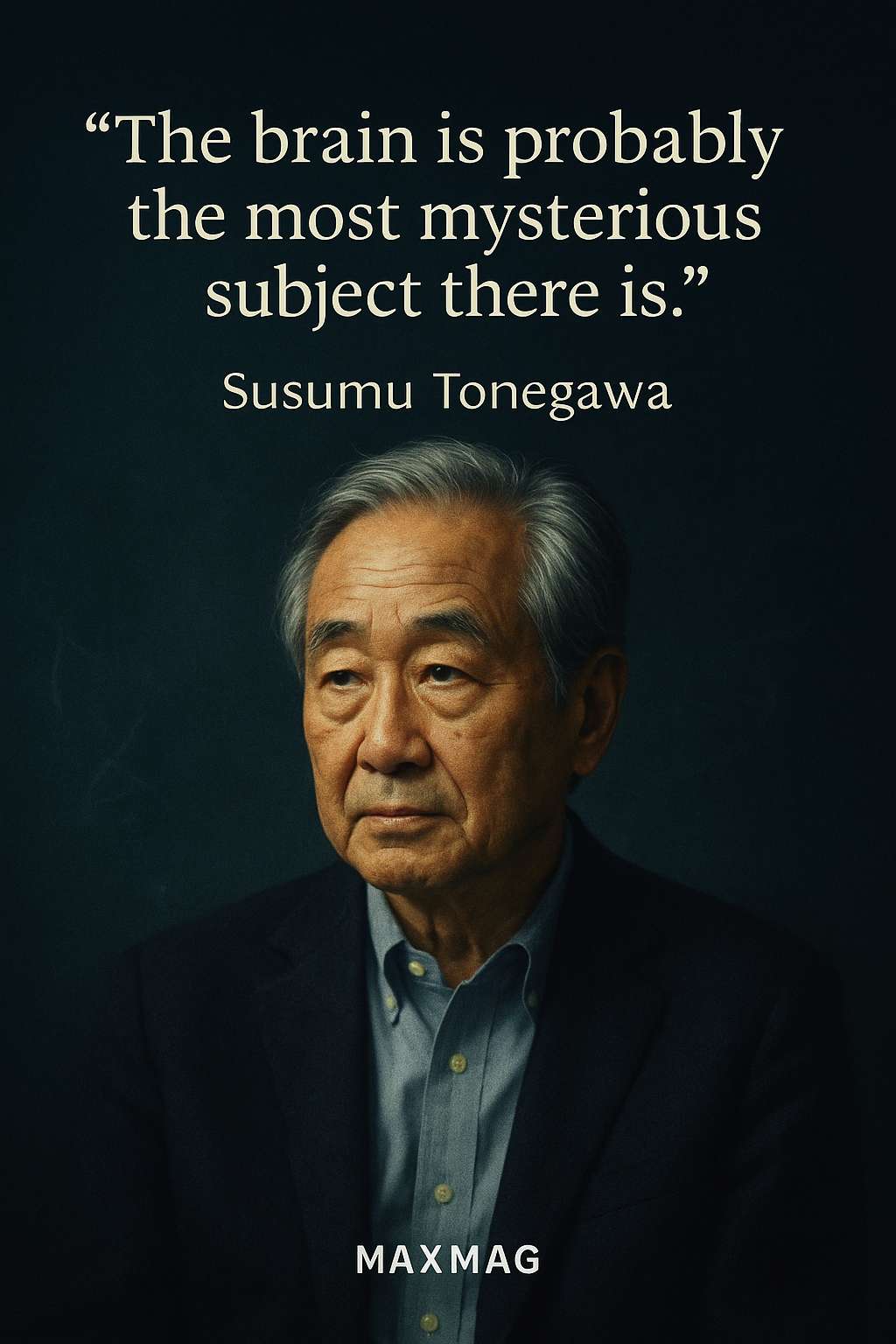
Later Years and Final Chapter of Susumu Tonegawa
RIKEN Brain Science Institute and beyond
In the 2000s and 2010s, Tonegawa’s attention shifted more and more from immunology to the circuitry of memory and emotion. As director of the RIKEN Brain Science Institute, he helped steer large-scale programmes on learning, memory, depression and neurodegenerative disease, while maintaining his own lab at MIT. The dual roles made the later chapters of the Susumu Tonegawa biography unusually busy: he was simultaneously a bench scientist, an institutional architect and a public face for ambitious brain-research initiatives in both Japan and the United States.
Eventually he stepped back from major administrative posts, resigning from his RIKEN directorship in 2017 and long since having left the leadership of the Picower Institute to a new generation. But he did not retire. Instead, his lab continued to publish work on memory engram cells, social memory and the circuitry of fear and reward. That willingness to keep exploring new corners of neuroscience, rather than coasting on past achievements, has become one of the defining qualities of the Susumu Tonegawa biography.
Mentoring the next generation
Late-career scientists are often judged by their trainees, and here too his influence is large. Former members of the Tonegawa lab now run their own groups across North America, Europe and Asia, working on topics ranging from basic immunology to psychiatric disease, from synaptic plasticity to systems neuroscience. Many carry elements of his style: an insistence on mechanistic explanations, a love of new techniques, and a willingness to combine genetics, behaviour and circuit analysis.
In mentoring seminars and interviews, Tonegawa has sometimes reflected on the risks he took earlier in life — changing fields, moving across continents — and urged younger researchers not to be paralysed by caution. The Susumu Tonegawa biography, in other words, is not only a catalogue of experiments but a tacit argument for intellectual courage.
The Lasting Legacy of Susumu Tonegawa biography
A bridge between immune defences and memory traces
What, then, does the Susumu Tonegawa biography add up to? At one level, it is the story of a scientist who answered one big question about the immune system and then moved on to another big question about the brain. At another level, it is a demonstration that the tools and mindset of molecular biology can be applied across seemingly distant fields. The same willingness to dissect systems into their molecular components, track those components through development, and then reassemble them into a coherent mechanism underpins both his antibody and memory work.
In today’s debates about vaccines, autoimmune disease, mental health and dementia, echoes of his discoveries are everywhere. The genetic reshuffling of antibody genes helps explain how we respond to new pathogens and why some immune responses turn against us. The concept of memory engram cells shapes how researchers think about trauma, resilience and the possibility of restoring “lost” memories in conditions like Alzheimer’s disease. Understanding the Susumu Tonegawa biography therefore helps us understand something larger: how modern science builds bridges between molecules and minds, and how individual careers can stitch together the histories of different disciplines into a single, ongoing story.
Frequently Asked Questions about Susumu Tonegawa biography
Q1: What is Susumu Tonegawa best known for in modern biology?
Q2: How did Susumu Tonegawa move from immunology into memory research?
Q3: Why is Susumu Tonegawa’s work on memory considered controversial by some observers?
Q4: What major institutions has Susumu Tonegawa been associated with?
Q5: How has Susumu Tonegawa influenced younger scientists?
Q6: What makes the Susumu Tonegawa biography particularly significant today?

